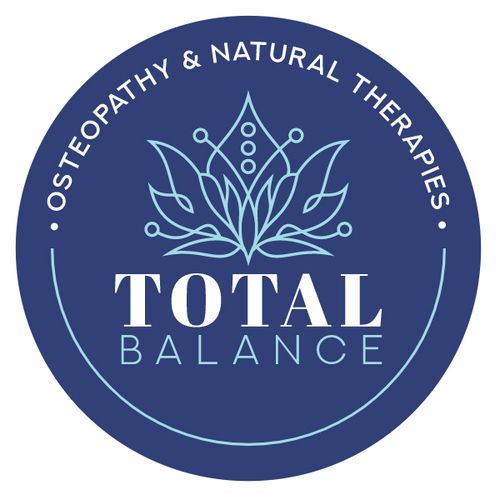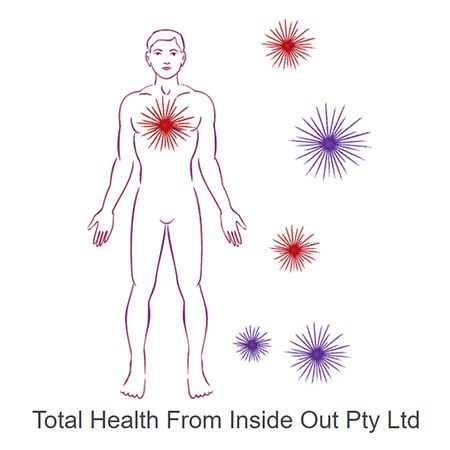
Sitting at the desk for prolonged periods of time is one of the most common risk factors for developing musculoskeletal strains and sprains. Neck, shoulder, back and repetitive strain injuries to the forearms and wrist/hands are some of the most common injuries suffered by sedentary based workers. I have come to learn through many years of carrying out workplace assessments and clinical practice that there are many simple strategies that can be adopted in order to reduce ones risk of developing overuse or postural related injuries.
Chair & Seated Posture
Check that your chair swivels and is in good working order. A good ergonomic chair should have an adjustable back rest, adjustable height and in some chairs an adjustable chair base that can tilt and arm rests. Ensure the lumbar support is sitting in the small of your back and that you are sitting up against the back rest for full support.
Feet should be planted firmly on the ground when sitting on the chair. If the chair is too high, then a foot stool might be required. Your thighs and arms should be approximately 90 degrees parallel to the ground or on a slight decline when sitting in the chair. Knees sitting higher than the hips and elbows below desk height can lead to various lower back, neck and shoulder strains and sprains.
Desk Set Up
Ensure that all the things that you use regularly at your desk are close to you i.e. keyboard, mouse and phone etc. Equipment that you use frequently that is not easily accessible can lead to increased risk for strains and sprains. Equipment that you use less frequently i.e. printers and scanners etc should sit slightly further away from you in your secondary zone.
Computer Monitor
The computer monitor should sit at a height that allows your vision to be in line with the top 1/3 of the screen. Monitors that are too low encourage us to slouch and adopt postures that can result in neck, shoulder and back pain.
Keyboard & Mouse
The keyboard should sit approximately 10 cm from the edge of the desk with the mouse sitting next to this. It is not uncommon to see people using their mouse some distance away from them, only increasing their risk of wrist, elbow, shoulder, back and neck related strains and sprains.
Typing Posture
Where your elbows and wrists sit and whether you are a finger or touch typist can impact on how you should set up your keyboard. Look out for any winging of the elbow away from the side of your body, wrist hyperextension or deviation and excessive finger flexion when typing. Prolonged postures in these positions can increase your risk of overuse related injuries such as tendonitis.
Phone
Avoid the most common mistake of placing the phone between your shoulder and ear whilst working. For those who use the phone regularly and/or are required to type or write messages, a hands free phone is suggested.
Other Useful Advice
- Avoid sitting directly under the air conditioner and heater as this impact on yourphysical state at the workstation
- Have regular breaks every 20—30 minutes
- Avoid staring at the screen for prolonged periods to avoid eye strain and regularly look at different objects at various distances to rest the eyes
- Reduce glare on the desk and monitor from outside external light by adjusting blinds or workstation environment
- Adjust the screen settings i.e. font size etc to best suit you
- Request a formal workplace computer assessment if musculoskeletal aches and pains persist
- See your Optometrist if you have having headaches, suffer from eye strain and have not had them reviewed in the last 12 months
- See your Osteopath for further assessment, treatment and advice on management and prevention of workplace strains and sprains. Your Osteopath will be able to identify the cause of your pain and provide treatment and management advice to reduce the likelihood of recurrence.









